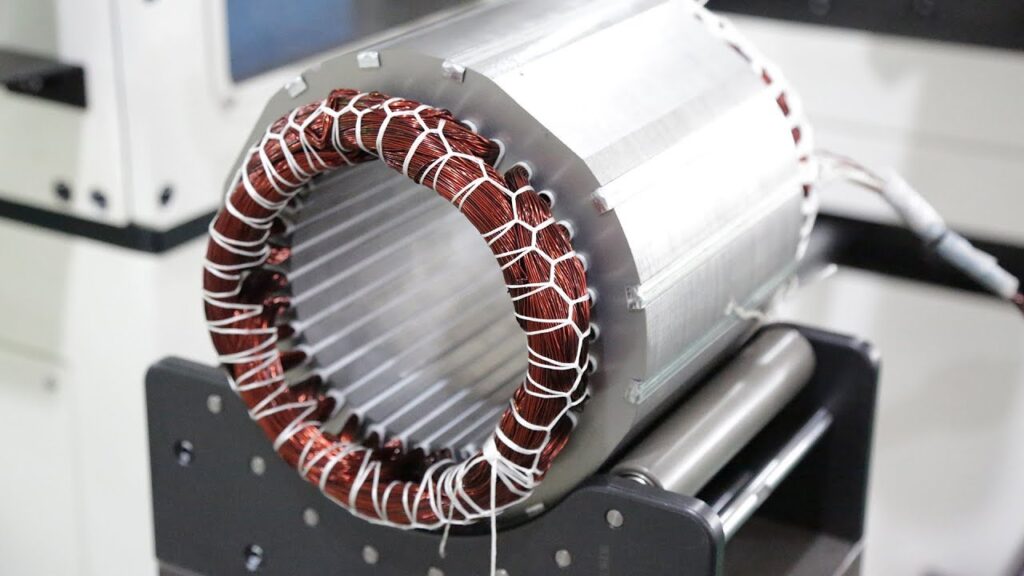Electric motors are responsible for almost two-thirds of all industrial electricity consumption. Their annual running cost can be more expensive than their buying price. Therefore, it is vital to find an efficient and environmentally friendly way. Today motor tools, technology, and maintenance are evolving, making it easier to increase the efficiency of electric motor machinery. It is possible to do all this while significantly saving money. To help you understand better, here are ways electric motor companies can boost motor performance and efficiency.
Connect Motors to Variable Frequency Drives
Variable frequency drives (VFDs) are a relatively untapped resource. Yet, it is one of the fastest and easiest ways to improve electric motor efficiency. VFDs can shift a motor to reach optimal efficiency. These drives are effective in applications where drag is a factor. They include ventilation, heating, air conditioning (HVAC) systems, centrifugal pumps, and fan systems.
In addition, most VFDs are part of environmental incentive programs that encourage firms to implement energy efficiency programs. As a result, this can potentially save up to 55% in energy consumption. However, there are instances where the VFDs won’t save money or energy. Therefore, it is vital to understand your motor’s specific application and requirements before investing.
Evaluate Your Needs and Motor Size Carefully for the Best Fit
For reliable cost savings on single phase electric motors, everything has to be sized and measured correctly throughout the plant. Achieving this needs a clear evaluation as some motors and processes need more energy than others. In addition, certain motors carry less capacity or run slower, while old full load might be fit for specific applications. Therefore, ensuring you utilize the loads to the highest degree possible is essential. It is because even the latest technology will run inefficiently with a reduced load.
On the other hand, using a larger motor for any given application will provide extra capacity and extend its lifespan. However, to avoid underutilizing the motor’s potential, it is vital to ensure little difference between its potential and standard loads. Thorough evaluations and redistribution of motor power increase facility efficiency.
Execute a Maintenance Program to Prevent Equipment Failure
Failure of electric motors can lead to increased labour needs, added downtime, costly repairs and part replacements. However, regular maintenance programs allow workers to spot motor issues before they cause significant problems. If they find any issue, necessary repairs can be scheduled for pre-planned downtime. This will reduce general stress, ensuring operations run as smoothly as possible.
Design Efficient Systems
Your company’s electrical system needs to be designed for high efficiency, where motors operate when required. Investing in high-performance electrical supplies is of no use if your system is not up to desirable standards. Instead, it is vital to understand where and when the motor is not working well. After noting this, ensure you have a system where it can start and stop if need be. Use devices such as level detectors, surge protectors, sensors, programmable logic controllers, and soft starters to improve system efficiency.
Switch Off the Motor
Switching off the motor when not in use is the basic rule of energy conservation. When a motor is not operating, this helps reduce wear and tear and saves energy. Ensure you look for soft start controllers when purchasing any electrical construction material. They will help reduce up to 70% of the strain mechanical and electrical systems face during motor start-up. In addition, it will reduce the damage that comes as a result of frequent stopping and starting.
Learn About Load Types
Electric motors are known to change electrical power into rotational energy. Speed and load are the two major factors affecting energy consumption. For instance, fast motors with no load use less energy than slow motors with full loads. To save energy, it is essential to consider the load type and forces affecting it. These forces include friction, cavity, drag, and inertia. Knowing all these makes it easier to conserve energy while saving on cost.
Boosting motor performance plays a vital role in cost saving. Some regular maintenance programs can be done on-site and extend the motor’s lifespan without affecting daily operations. It will help save money and avoid downtime, leading to significant losses. So, to boost your motor performance and save money, use the ways listed here.
